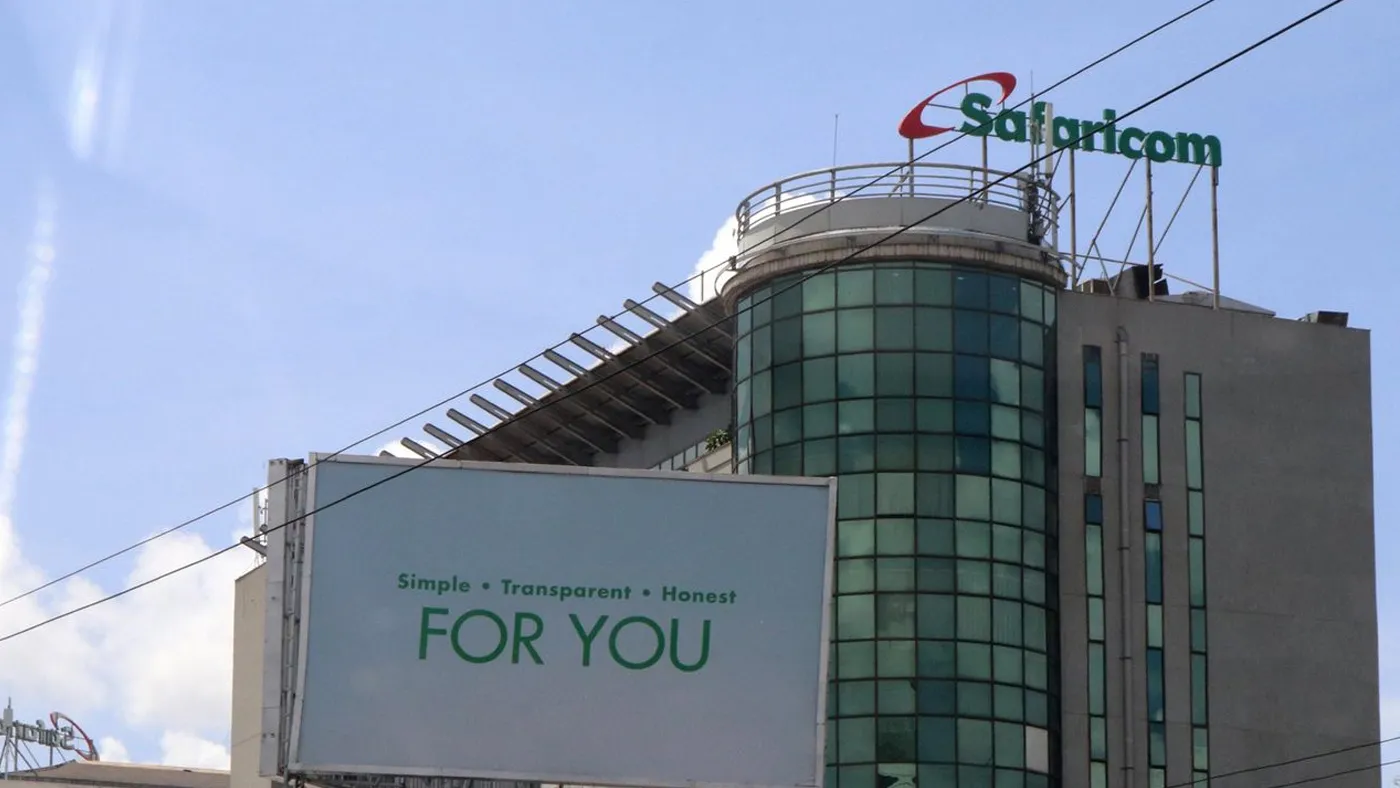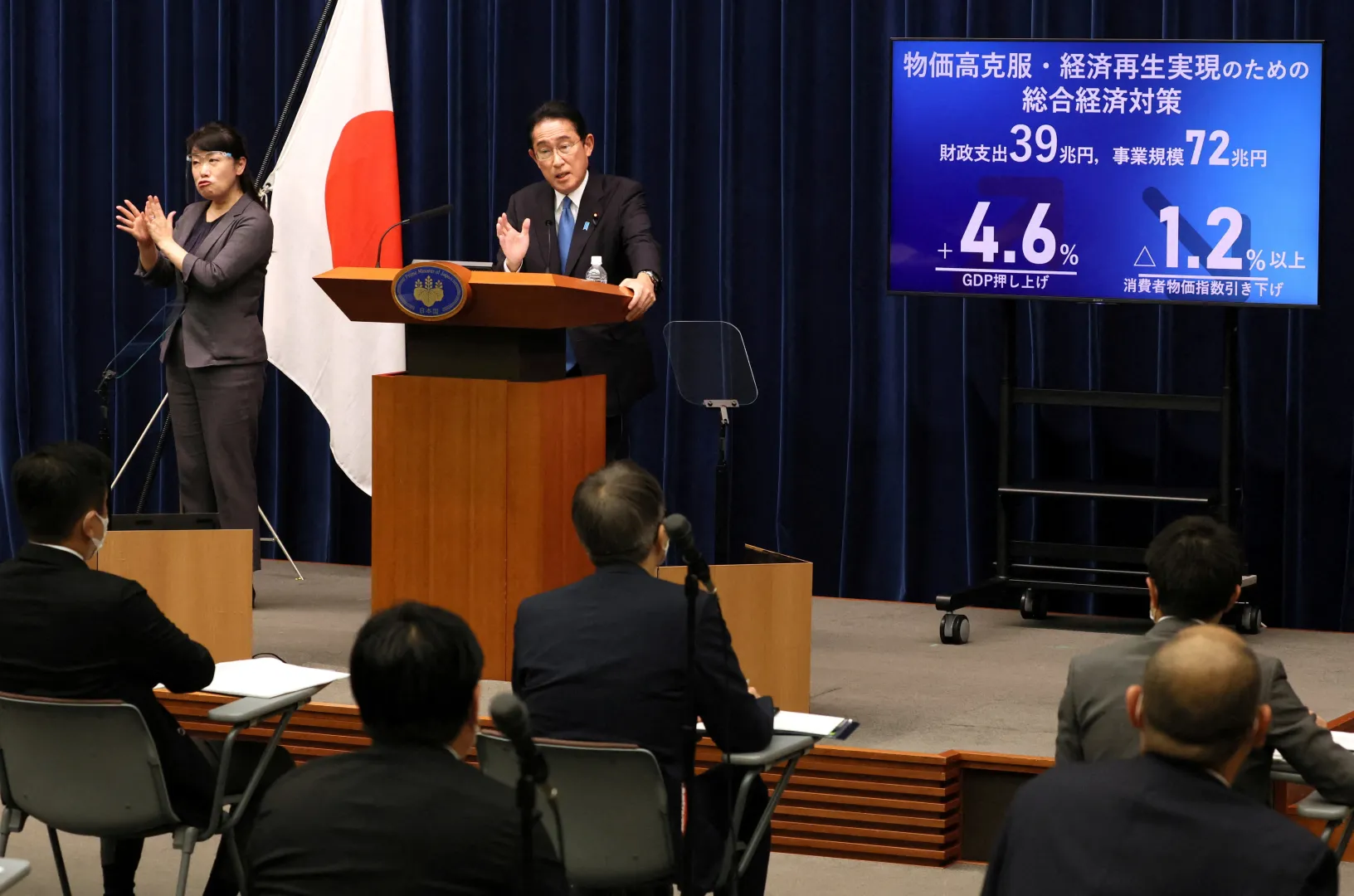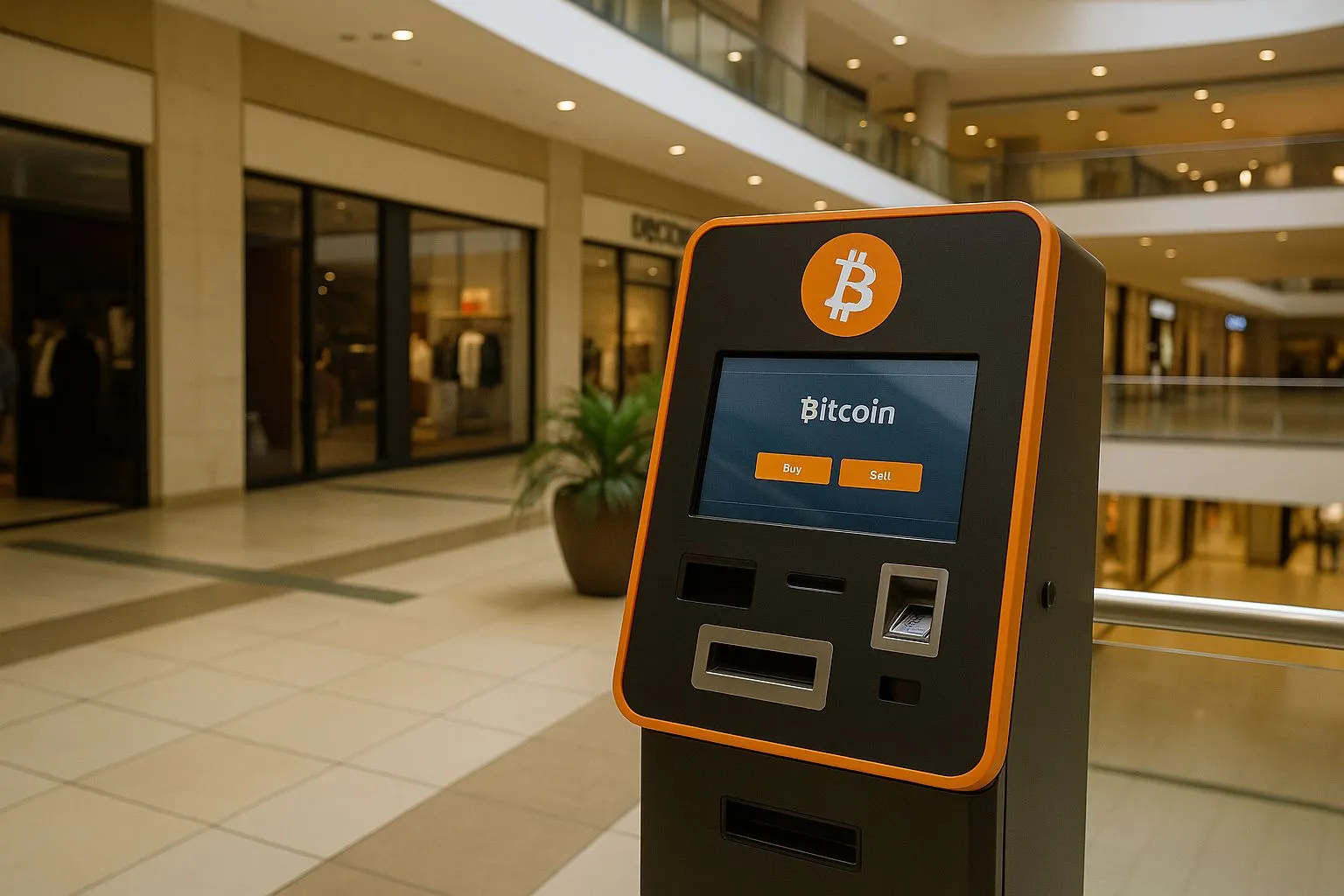The National Treasury, in partnership with the Kenya Development Corporation, has released Sh2.625 billion to Micro, Small and Medium Enterprises (MSMEs) in the past year under the Supporting Access to Finance and Enterprise Recovery (SAFER) Project, marking a significant milestone in Kenya’s post-pandemic economic recovery strategy.
Build the future you deserve. Get started with our top-tier Online courses: ACCA, HESI A2, ATI TEAS 7, HESI EXIT, NCLEX-RN, NCLEX-PN, and Financial Literacy. Let Serrari Ed guide your path to success. Enroll today.
SAFER Project: A Comprehensive Financial Lifeline
The five-year programme, funded at Sh7.1 billion ($55 million), was created to plug financing gaps in the MSME sector that deepened during the COVID-19 pandemic. KDC says the project has reached 36,990 beneficiaries across 32 counties in the first year, providing a boost to business recovery and resilience.
“Of these, 12,221 are women, with 28.8 percent of loans extended to women-owned enterprises,” read a statement by KDC in part. “About 9.7 percent of the total financing has gone into green economy and climate-smart projects.”
The SAFER Project represents a strategic intervention designed to address one of the most persistent challenges facing Kenya’s business ecosystem: access to affordable credit. The project aims to benefit more than 250,000 MSMEs in Kenya that have been severely impacted by the COVID-19 crisis.
How the Funding Mechanism Works
The funding is being channelled through participating financial institutions (PFIs), which are also receiving technical support to improve operations and risk management. This wholesale lending approach allows for broader reach and more efficient distribution of funds to the target beneficiaries.
The funds will be channeled from the National Treasury to KDC for on-lending to PFIs including savings & credit cooperatives regulated by Sacco societies regulatory authority, micro finance banks regulated by CBK and tier three commercial banks focusing on MSME lending who in turn will on-lend to MSMEs. The wholesale loans are from Sh10 million to Sh500 million repayable in 60 to 120 months inclusive of a moratorium of upto 12 months.
Environmental and Social Governance Integration
The SAFER Project is embedding Environmental, Social, and Governance (ESG) principles into lending practices, requiring PFIs to conduct environmental and social risk assessments before extending credit. Officials say this approach will not only aid post-pandemic recovery but also align MSMEs with sustainable growth models.
This emphasis on sustainability reflects Kenya’s commitment to achieving climate-smart economic growth. The allocation of nearly 10 percent of funding to green economy projects demonstrates the government’s recognition that environmental sustainability and economic development must go hand in hand.
Digital Innovation and Financial Inclusion
The initiative is also preparing to absorb the planned Digital Lending Window, aimed at widening access to affordable credit, particularly for underserved entrepreneurs. By leveraging digital channels, the programme seeks to increase financial inclusion and accelerate access to capital.
This digital integration aligns with Kenya’s broader financial inclusion agenda. The country has already made significant strides through initiatives like the Hustler Fund, which has provided affordable credit to over 26 million Kenyans since its inception, with a total of Sh71 billion disbursed through the initiative.
The Critical Role of MSMEs in Kenya’s Economy
Kenya’s MSME sector, which contributes more than a third of GDP and accounts for the bulk of private-sector jobs, has long struggled with access to affordable finance. More recent data reveals an even more significant contribution, with MSMEs accounting for over 80% of employment in the country and contributing approximately 40% of Kenya’s GDP.
The MSME economy contributes 85 per cent of non-farm jobs which today translates to 15 million out of 18 million workforce. Presently, it is absorbing nine out of 10 of the young people joining the workforce, 750,000 on average, while the formal wage corporate economy barely absorbs 50,000.
The sector’s importance becomes even more apparent when considering the potential for growth. The Kenya Kwanza Plan estimates that if these workers were as productive as those in established SMEs, they would be generating Sh6 trillion a year, which is 60 per cent of GDP i.e., the economy would be 60 per cent larger.
Fuel your success with knowledge that matters. Enroll in our Online programs: ACCA, HESI A2, ATI TEAS 7, HESI EXIT, NCLEX-RN, NCLEX-PN, and Financial Literacy. Join Serrari Ed now and take control of your future.
Addressing the Financing Gap
The MSME sector faces a substantial financing deficit that the SAFER Project aims to address. The World Bank report indicates that the MSME sector in Kenya faces a financing deficit of over Kshs. 2.6 trillion and the financing from the mainstream market towards the sector has been on the decline in the recent times owing to high risk characterized of the sector.
This financing gap has been exacerbated by traditional banking approaches that often exclude small enterprises due to perceived risks and lack of collateral. The financial support will target viable MSMEs that were previously financed but are facing constraints in addition to those that are considered bankable but have not been able to access credit.
Government’s Strategic Vision
The Treasury views the SAFER Project as a key driver of economic transformation, combining recovery efforts with climate-friendly and inclusive investment strategies. This aligns with the government’s Bottom-Up Economic Transformation Agenda, which prioritizes grassroots economic empowerment.
The project complements other government initiatives, including the various affirmative action funds. SAFER aims to increase government support for access to finance for women-owned businesses, including the Women Enterprise Fund, the Uwezo Fund, and the National Government Affirmative Action Fund.
Technical Assistance and Capacity Building
Beyond providing financial resources, the SAFER Project emphasizes the importance of technical support for sustainable growth. Project support for MSMEs includes fostering innovation, providing liquidity through microfinance banks (MFBs), savings and credit cooperative organizations (SACCOs), and digital channels (including instruments that can leverage greater private capital), and de-risking lending. It will also provide technical assistance and support for project management.
Regional Impact and County-Level Implementation
The project’s reach across 32 counties demonstrates its national scope and commitment to inclusive development. This geographical distribution ensures that both urban and rural MSMEs benefit from the intervention, addressing regional disparities in access to finance. The State Department for MSMEs oversees Project Management, Monitoring and Evaluation.
The county-level implementation also aligns with Kenya’s devolved governance structure, allowing for tailored approaches that address specific regional challenges and opportunities.
Integration with Broader Economic Reforms
The SAFER Project operates within a broader framework of economic reforms aimed at supporting business growth. The Kenya Jobs and Economic Transformation (KJET) is a 5-year Government of Kenya project funded by the World Bank (2024-2029). The project development objective (PDO) is ‘To increase private sector investments, access to markets and sustainable finance to create and improve jobs’.
Also showcased was the DRIVE project, a USD 40 million (Sh5.2 billion) fund targeting resilience in pastoralist economies, and the SAFER program, valued at €47.25 million (Sh6.7 billion), which has already disbursed Sh2.5 billion to support MSME recovery.
These interconnected initiatives create a comprehensive ecosystem of support for MSMEs, addressing various aspects of business development from startup to growth and expansion.
Looking Forward: Sustainability and Innovation
As the SAFER Project continues its implementation, its success will be measured not just in terms of funds disbursed but in the sustainable growth of beneficiary enterprises. While the project responds to the impacts of the pandemic in the short term, it also seeks to address structural challenges affecting MSME financing in the medium to long term.
The project’s emphasis on digital innovation, environmental sustainability, and inclusive growth positions it as a model for development finance that addresses contemporary challenges while building resilience for the future.
Conclusion
The disbursement of Sh2.625 billion through the SAFER Project represents more than just financial support; it embodies a comprehensive approach to economic recovery and transformation. By addressing the fundamental challenge of access to finance while incorporating modern priorities like environmental sustainability and digital inclusion, the project positions Kenya’s MSME sector for sustained growth and increased contribution to the national economy.
As Kenya continues to implement its Bottom-Up Economic Transformation Agenda, initiatives like SAFER demonstrate the government’s commitment to creating an inclusive economy where small businesses can thrive and contribute meaningfully to national development. The project’s success in its first year provides a strong foundation for achieving its broader objectives of supporting 250,000 MSMEs and driving sustainable economic growth across the country.
Ready to take your career to the next level? Join our Online courses: ACCA, HESI A2, ATI TEAS 7 , HESI EXIT , NCLEX – RN and NCLEX – PN, Financial Literacy!🌟 Dive into a world of opportunities and empower yourself for success. Explore more at Serrari Ed and start your exciting journey today! ✨
Track GDP, Inflation and Central Bank rates for top African markets with Serrari’s comparator tool.
See today’s Treasury bonds and Money market funds movement across financial service providers in Kenya, using Serrari’s comparator tools.
Photo source: Google
By: Montel Kamau
Serrari Financial Analyst
9th September, 2025
Article, Financial and News Disclaimer
The Value of a Financial Advisor
While this article offers valuable insights, it is essential to recognize that personal finance can be highly complex and unique to each individual. A financial advisor provides professional expertise and personalized guidance to help you make well-informed decisions tailored to your specific circumstances and goals.
Beyond offering knowledge, a financial advisor serves as a trusted partner to help you stay disciplined, avoid common pitfalls, and remain focused on your long-term objectives. Their perspective and experience can complement your own efforts, enhancing your financial well-being and ensuring a more confident approach to managing your finances.
Disclaimer: This article is for informational purposes only and does not constitute financial advice. Readers are encouraged to consult a licensed financial advisor to obtain guidance specific to their financial situation.
Article and News Disclaimer
The information provided on www.serrarigroup.com is for general informational purposes only. While we strive to keep the information up to date and accurate, we make no representations or warranties of any kind, express or implied, about the completeness, accuracy, reliability, suitability, or availability with respect to the website or the information, products, services, or related graphics contained on the website for any purpose. Any reliance you place on such information is therefore strictly at your own risk.
www.serrarigroup.com is not responsible for any errors or omissions, or for the results obtained from the use of this information. All information on the website is provided on an as-is basis, with no guarantee of completeness, accuracy, timeliness, or of the results obtained from the use of this information, and without warranty of any kind, express or implied, including but not limited to warranties of performance, merchantability, and fitness for a particular purpose.
In no event will www.serrarigroup.com be liable to you or anyone else for any decision made or action taken in reliance on the information provided on the website or for any consequential, special, or similar damages, even if advised of the possibility of such damages.
The articles, news, and information presented on www.serrarigroup.com reflect the opinions of the respective authors and contributors and do not necessarily represent the views of the website or its management. Any views or opinions expressed are solely those of the individual authors and do not represent the website's views or opinions as a whole.
The content on www.serrarigroup.com may include links to external websites, which are provided for convenience and informational purposes only. We have no control over the nature, content, and availability of those sites. The inclusion of any links does not necessarily imply a recommendation or endorsement of the views expressed within them.
Every effort is made to keep the website up and running smoothly. However, www.serrarigroup.com takes no responsibility for, and will not be liable for, the website being temporarily unavailable due to technical issues beyond our control.
Please note that laws, regulations, and information can change rapidly, and we advise you to conduct further research and seek professional advice when necessary.
By using www.serrarigroup.com, you agree to this disclaimer and its terms. If you do not agree with this disclaimer, please do not use the website.
www.serrarigroup.com, reserves the right to update, modify, or remove any part of this disclaimer without prior notice. It is your responsibility to review this disclaimer periodically for changes.
Serrari Group 2025












